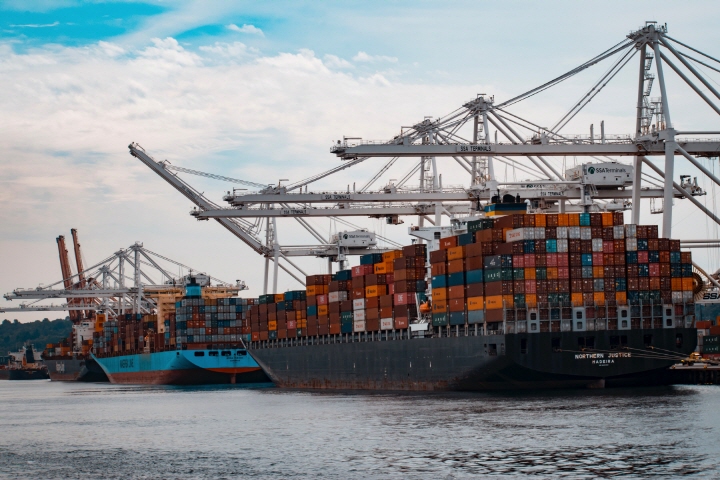
- This is PANASIA
- Business locations
- ESG Management
- History
- Smart PANASIA
 About
About
Check PANASIA introduction,
ESG management, and History
information
- Energy Solutions
- Air Solutions
- Water Solutions
 Eco-friendly Solution
Eco-friendly Solution
About Global environmental
regulation, Hydrogen business,
Air quality, and Water quality
environment solutions
- Product Service
- Service Network
- Customer Service
 Customer Support
Customer Support
Check the Panasia’s
after service
- About
- Eco-friendly Solution
- Customer Support
- Media
NEWS
CII : Changing the Landscape of the Used Ship Market

As environmental regulations have been strengthened, it has been shown that the trade of ships corresponding to lower grades in the second-hand ship market is decreasing. While ships with higher grades can increase revenue by increasing their operating speed, ships with lower grades are already having a direct impact on the profitability of shipowners, as they have to reduce their speed to meet environmental regulations.
According to VesselsValue, a UK ship valuation agency on the 17th, 9.9% of global shipping was traded last year. If classified by the Carbon Intensity Indicator (CII) grade, which measures carbon emissions, 9.2% of the highest A grade, 12.8% of the B grade, and 11.6% of the C grade were traded. The D grade, which is subject to regulations, accounted for 8.6% of trades, while the lowest E grade was only 4.2%.
The trade of A-grade ships was relatively low compared to B and C grades, as shipowners with A-grade ships, which can have the greatest future benefits in a still uncertain direction of environmental regulations, did not want to sell them. On the other hand, ships corresponding to the E grade may find it impossible to bear the cost of meeting environmental regulations through the installation of eco-friendly facilities, and the risk of this may reduce the value of the ship when it is sold.
By type of ship, bulk carriers and tankers were the same at 10.4%, while container ships recorded a relatively low 7.4%. In terms of CII grade, tanker ships had a relatively high rate of B-grade (16.7%) and C-grade (15.7%) trades, while D-grade was only 7.7% and E-grade was only 3.3%, which was only about a fifth of B-grade.
Simon Rows, a VesselsValue researcher, said, "Increased public surveillance of oil majors, combined with the importance of efficiency and cost savings due to market deterioration, appears to have affected the trade of lower-grade ships." He added, "The increase in the 'Dark Fleet,' which uses cheap old tankers, due to the impact of Russian sanctions, may have affected this survey."
Bulk carriers had the lowest trade ratio of A-grade ships (6.9%) among all grades, which is believed to be because shipowners with the most efficient ships did not want to sell them. Container ships also had a low trade ratio of A-grade (5.5%), but the trade ratio of B-E grades was 6.7-8.7%.










